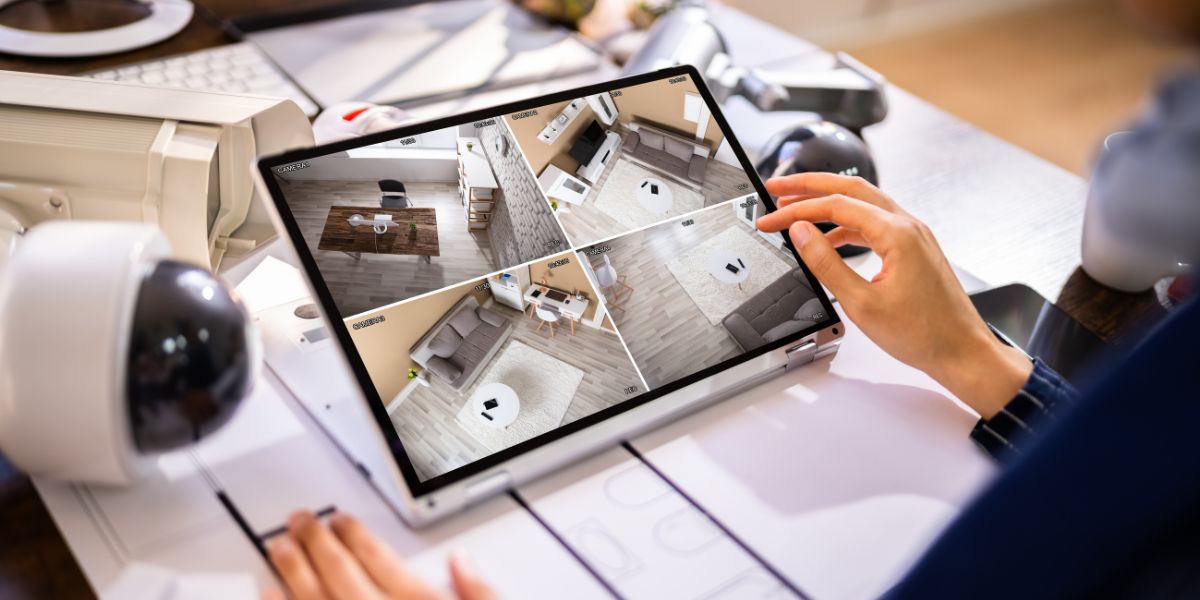
When it comes to home automation systems, have you ever considered the potential privacy implications lurking within your smart devices? Your smart thermostat, voice-controlled assistant, and security cameras might be silently collecting more than just data. The concern goes beyond mere convenience; it delves into a realm where your personal information could be at risk. Stay tuned to discover the hidden complexities that could impact your privacy and security in ways you might not have imagined.
Data Collection and Privacy Risks
When setting up your home automation system, be aware of the data collection and privacy risks that may arise. Many smart devices collect data about your daily habits, preferences, and activities to provide personalized experiences. While this can enhance convenience, it also raises concerns about who's access to this information and how it's being used.
Your smart thermostat, for example, may track when you're home or away, potentially sharing this data with third parties. Voice-controlled assistants like Alexa or Google Home listen for commands, but they may also inadvertently record private conversations. Security cameras offer protection, but they can also capture sensitive moments if hacked.
To mitigate these risks, carefully review privacy policies, disable unnecessary data collection features, and regularly update your devices' software. Consider using strong, unique passwords and enabling two-factor authentication for an extra layer of security. By staying informed and proactive, you can enjoy the benefits of home automation while safeguarding your privacy.
Unauthorized Access to Personal Information
Unauthorized access to personal information poses a significant threat in the realm of home automation systems, compromising your privacy and security. Hackers may exploit vulnerabilities in your smart devices, such as cameras, thermostats, or door locks, to gain unauthorized access to sensitive data. Once infiltrated, these malicious actors can monitor your daily routines, track your movements, and even listen in on private conversations within your home. This breach of privacy not only violates your personal space but also puts you at risk of identity theft, financial fraud, or physical harm.
Moreover, unauthorized access to your home automation system can lead to the exposure of personal information to third parties without your consent. This information could include your schedule, habits, and even sensitive data like credit card details or login credentials. Such breaches not only erode your trust in these systems but also highlight the importance of implementing robust security measures to safeguard your privacy in the interconnected world of smart technology.
Potential Breaches and Vulnerabilities
To mitigate potential breaches and vulnerabilities in home automation systems, regularly update your devices' firmware and enable multi-factor authentication. Firmware updates often include security patches that address known vulnerabilities, so staying current is crucial. Additionally, enabling multi-factor authentication adds an extra layer of security by requiring more than just a password for access.
Another important step in safeguarding your home automation system is to change default login credentials. Many devices come with generic usernames and passwords, making them easy targets for hackers. By creating unique login information, you make it harder for unauthorized individuals to gain access.
Furthermore, be cautious of the third-party devices and apps you connect to your home automation system. Ensure they come from reputable sources and have strong security measures in place. Avoid granting unnecessary permissions that could potentially expose your system to vulnerabilities.
Safeguarding Personal Information
When securing your home automation system, safeguarding personal information becomes paramount to protect your privacy and prevent data breaches.
To safeguard your personal information, start by securing your network with a strong, unique password and enabling encryption protocols.
Regularly update your system's software and firmware to patch any known vulnerabilities that could be exploited by cyber attackers.
Be cautious about the data you share with your home automation system and limit access to sensitive information only to trusted users.
Consider utilizing two-factor authentication for an added layer of security, requiring both a password and another form of verification to access your system.
Additionally, review the privacy settings on your devices and disable any features that may collect more data than necessary for the system to function effectively.




